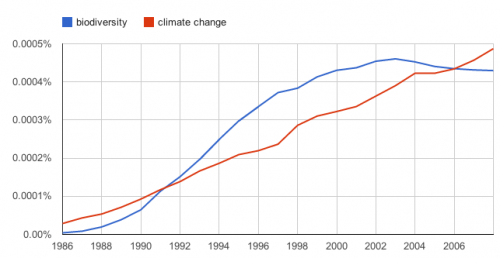I just got back from the Texas Freethought Conference, which was excellent — lots of good speakers, great conversations, and a particularly dense day of brain fodder. In Texas! Maybe stereotypes aren’t universally true.
But I’m an atheist, and you know what that means: I’ve got to carp about my grievances. In the vast assortment of good talks, there were three bad arguments that peeved me, so I’m going to address those right here.
Oops, they got a little long and were so different from one another that I broke them into three separate posts.
Bad argument #1: The Mormon exception
Bad argument #3: Science says what?
Again, let me emphasize that the conference was great, but I’m just one of those obnoxious people who has to pick at the exceptions.






